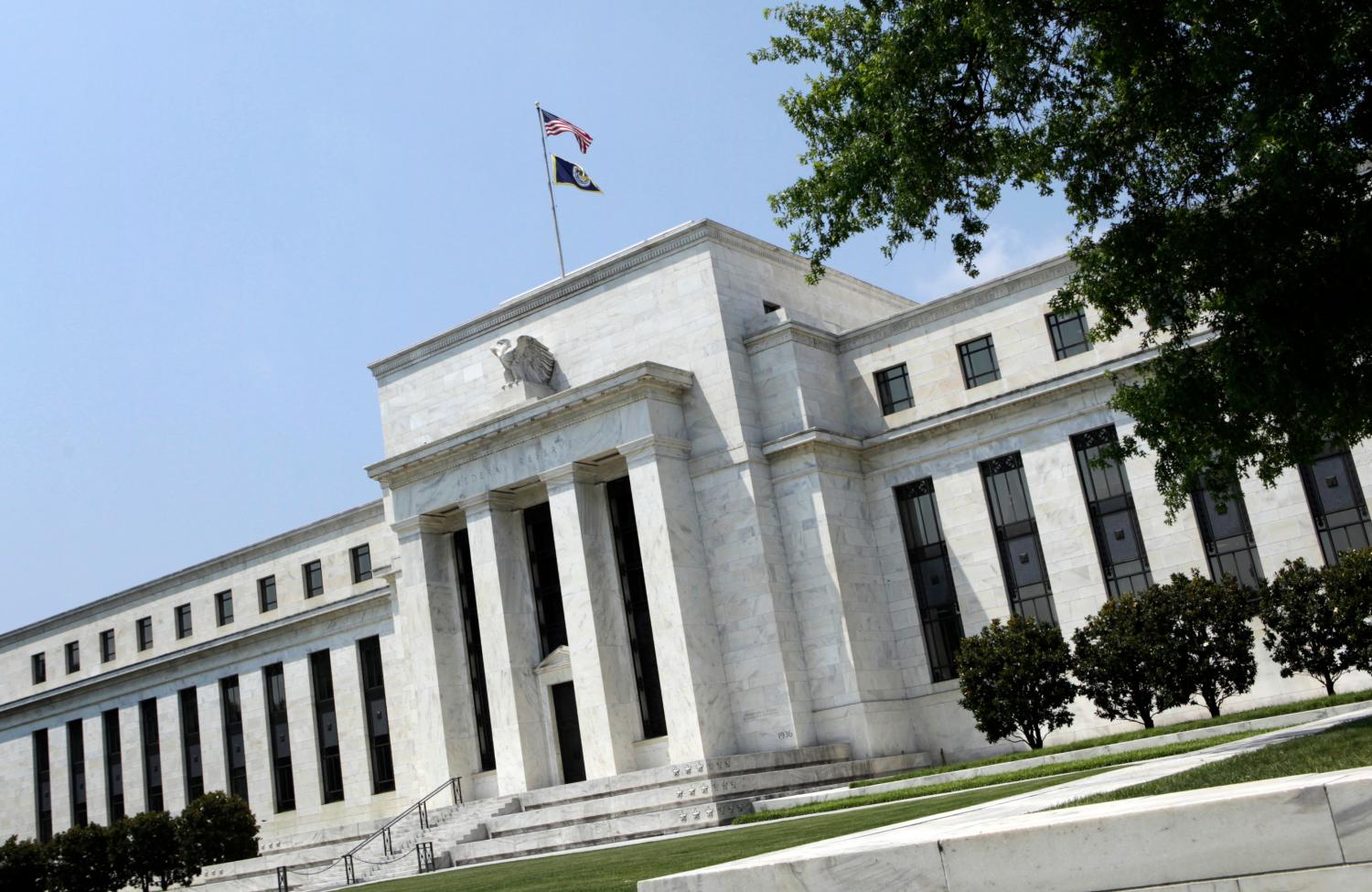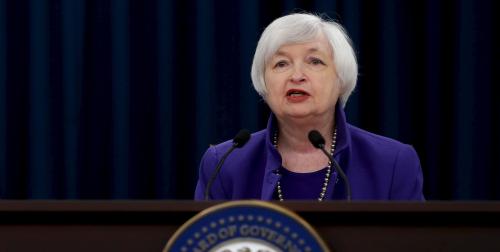The global financial crisis highlighted the importance of credit and financial conditions on the dynamics of macroeconomic performance. Household and business credit has been found in cross-country studies to help predict economic recessions and financial crises, and many countries regularly review credit measures to assess risks to growth.
The Basel Committee on Bank Supervision (2010) has encouraged using excess private nonfinancial credit as a measure of expected future losses to the banking system, and assigns this indicator an important role in setting the new countercyclical capital buffer.
In a new working paper, Brookings Senior Fellow Nellie Liang, David Aikman, Andreas Lehnert, and Michele Modugno examine the role of private nonfinancial credit for U.S. economic performance. Specifically, they focus on whether the transmission channels for financial conditions and monetary policy are affected by credit and if the effects are nonlinear depending on the level of excess credit.
They find that when the credit gap is low, positive shocks to financial conditions stimulate economic activity and result in a sustained expansion. When the credit gap is high, looser financial conditions boost growth in the near-term, but set the stage for a recession in later quarters. In addition, high credit hampers the effectiveness of monetary policy by dampening investors’ reactions to changes in short-term Treasury rates.

Together, these results suggest that policymakers should consider how credit affects the transmission for monetary policy and financial conditions in the U.S., and the potential for financial policies to reduce the risks associated with excess credit.
“With respect to monetary policy, when the credit gap is low, contractionary impulses to monetary policy, as expected lead to declines in economic activity. However, the effectiveness of policy is significantly reduced when the credit gap is high.”
Read the full paper here.
The authors did not receive financial support from any firm or person for this article or from any firm or person with a financial or political interest in this article. Neither is currently an officer, director, or board member of any organization with an interest in this article.









